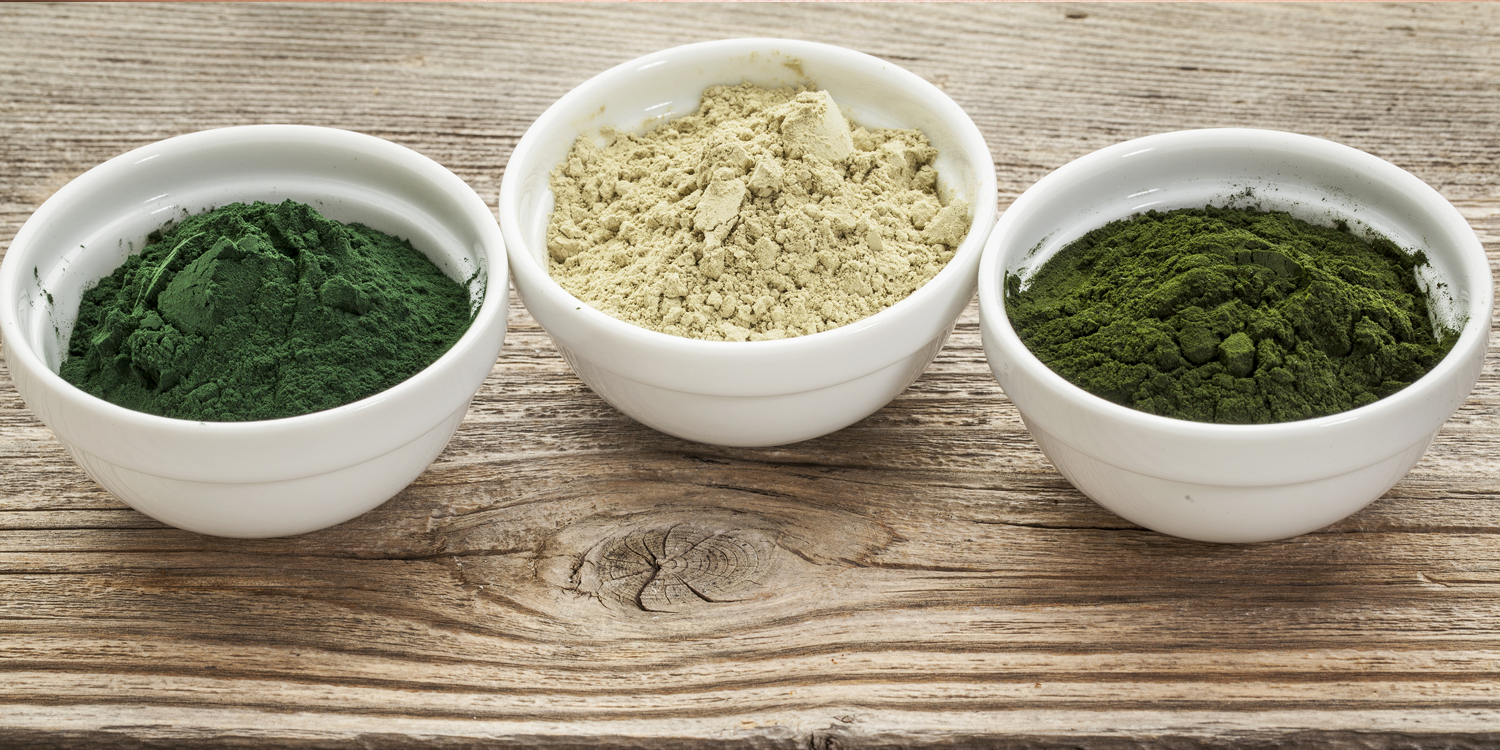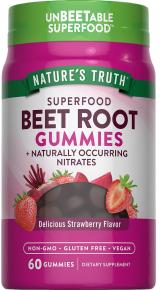Did you eat your vegetables today?
They provide antioxidants, folate, potassium, fiber, lutein, flavonoids, and other important nutrients. The darker the leaves, the more nutritious these veggies are.
But it takes time and effort to prepare and consume large amounts of these greens each day. That’s one reason a growing number of supplements contain alfalfa, barley grass, chlorella, green tea, kelp, spirulina, or wheatgrass—all of which are considered green superfoods because they’re nutrient-dense, energizing, nourishing, and pH-balancing.
A Variety of Greens
Alfalfa contains calcium, iron, magnesium, potassium, and phosphorus along with vitamins A, C, thiamine, riboflavin, and niacin. Green tea is a powerful antioxidant and contains catechins, which may help prevent cancer and tumors. Like other sea vegetables, kelp is a rich source of vitamins and minerals, including iodine, which helps correct an underactive thyroid. Spirulina is high in protein and may help improve immunity, lower cholesterol, and stabilize blood sugar levels. Chlorella, another nutritional powerhouse, nourishes the body and helps protect it from damaging chemicals. Wheatgrass and other cereal grasses (such as barley) have similar properties.
What Makes Greens Super
Enzymes, the biological catalysts essential to life, and chlorophyll, the pigment that makes plants green, may be the heroes in green superfoods. Chlorophyll appears to help the growth and repair of tissues, mitigate the effects of pollution, deliver magnesium, oxygenate the blood, neutralize free radicals, deodorize the breath and body, interfere with the action of carcinogens, and treat infected wounds.
In Prescription for Natural Cures, James F. Balch, MD, recommends super green foods for antiaging, cancer prevention, detoxification, muscle aches and cramps, hemorrhoids, and psoriasis. While no long-term, comprehensive, double-blind, placebo-controlled clinical trials have been conducted, the combination of anecdotal reports, laboratory studies, and small clinical trials has created enough loyal customers to support a huge international green superfoods industry.
Consider chlorella, the unicellular green algae that have been a popular food supplement in Japan for decades. It’s rich in protein, chlorophyll, and carotenoids. Chlorella extracts have been found to protect against gamma-radiation as well as the adverse effects of several drugs and toxic chemicals. In a recent clinical trial, some patients with moderately severe symptoms of fibromyalgia improved significantly on 10 g daily of chlorella tablets and 100 ml daily of a liquid chlorella supplement.
Additional research suggests that chlorella reduces dioxin levels in breast milk, improves overall health, supports detoxification, improves digestion, and helps treat hypertension. In one recent study, chlorella outperformed synthetic supplements in a test of their antioxidant properties. In another, Korean researchers suggest that lutein and zeaxanthin (best known for their vision benefits) in chlorella have a powerful antitumor effect, particularly in colon cancer.
Spirulina, a blue–green algae, has similar properties. Preliminary studies indicate that it’s antiviral, immune-supporting, and liver-protecting. It may also inhibit some allergic reactions and help lower cholesterol. Recent research suggests that spirulina may also have antidepressant properties, prevent inflammation, help treat diabetes, fight bacterial and viral infections, and support the growth of intestinal micro flora. The pigments in blue–green algae are also being tested for use as a safe, natural food coloring.
Ever since the late Ann Wigmore made wheatgrass a household name, enthusiasts around the world have been making their own wheatgrass juice, buying frozen juice in natural food stores, and taking powdered wheatgrass supplements. Thanks to Wigmore’s prolific writing and teaching, many consider wheatgrass a cure for cancer and chronic fatigue syndrome as well as a treatment for detoxifying the liver, purifying the blood, neutralizing pollutants, improving energy and circulation, slowing aging, and protecting against biological warfare.
Gloria Gilbère, ND, PhD, cites studies that show wheatgrass helps prevent the symptoms of aging, protects the body from the adverse effects of pollution, detoxifies the intestines, stimulates peristalsis, increases energy, cleanses the blood, improves skin tone and condition, supports mouth and gum health, eliminates body odors, and helps prevent cancer and heart disease.
Mayo Clinic dermatologist Lawrence Gibson, MD, reminds patients that a healthy diet promotes clear skin and that vegetables, especially green, leafy vegetables, do so because of their antioxidant properties. Many users of green food supplements report having more energy and younger looking skin.
Topical Uses
Green foods can even be applied topically, as compresses or poultices that speed the healing of cuts, wounds, burns, bee stings, and abrasions. Also look for them as ingredients in wheatgrass shampoos, spirulina hair conditioners and facial masks, or skin care products containing chlorella. A chlorella extract tested in France improved the appearance of spider veins, undereye circles, skin elasticity, and stretch marks while increasing lymphatic drainage and protecting the skin against free radicals.




